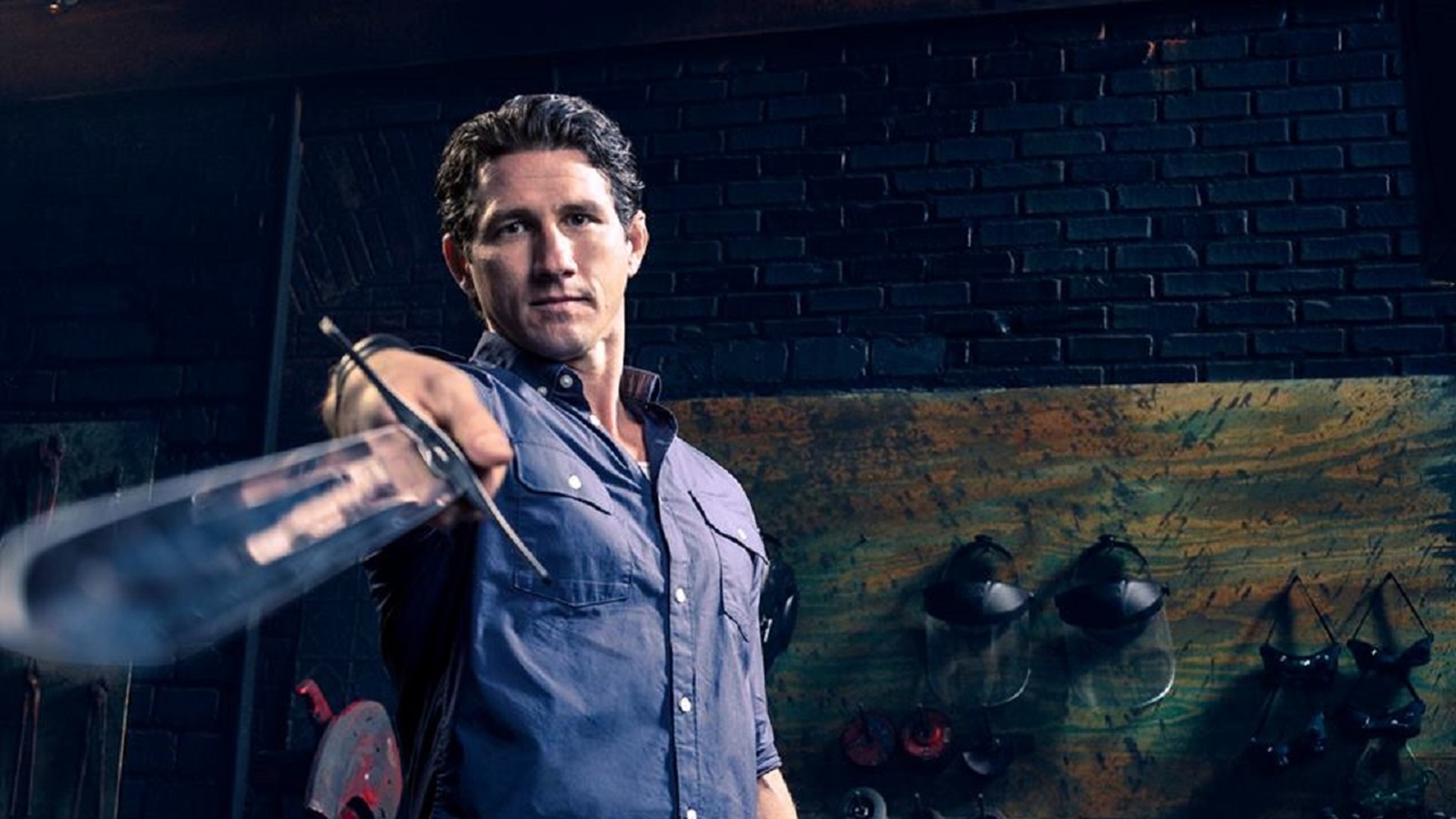

They made for Zeus his all-powerful thunderbolt, and in so doing, the Cyclopes played a key role in the Greek succession myth, which told how the Titan Cronus overthrew his father Uranus, and how in turn Zeus overthrew Cronus and his fellow Titans, and how Zeus was eventually established as the final and permanent ruler of the cosmos. 700 BC), described three Cyclopes: Brontes, Steropes, and Arges, who were the sons of Uranus (Sky) and Gaia (Earth), and the brothers of the Titans and Hundred-Handers, and who had a single eye set in the middle of their foreheads. "The Forge of the Cyclopes", a Dutch 16th-century print after a painting by Titian A scholiast, quoting the fifth-century BC historian Hellanicus, tells us that, in addition to the Hesiodic Cyclopes (whom the scholiast describes as "the gods themselves"), and the Homeric Cyclopes, there was a third group of Cyclopes: the builders of the walls of Mycenae. Cyclopes were also said to have been the builders of the Cyclopean walls of Mycenae and Tiryns. In Homer's Odyssey, the Cyclopes are an uncivilized group of shepherds, one of whom, Polyphemus, the son of Poseidon, is encountered by Odysseus. In Hesiod's Theogony, the Cyclopes are the three brothers: Brontes, Steropes, and Arges, sons of Uranus and Gaia, who made for Zeus his characteristic weapon, the thunderbolt. Three groups of Cyclopes can be distinguished: the Hesiodic, the Homeric and the wall-builders. The third-century BC poet Callimachus makes the Hesiodic Cyclopes the assistants of smith-god Hephaestus as does Virgil in the Latin epic Aeneid, where he seems to equate the Hesiodic and Homeric Cyclopes.įrom at least the fifth century BC, Cyclopes have been associated with the island of Sicily and the volcanic Aeolian Islands. In Cyclops, the fifth-century BC play by Euripides, a chorus of satyrs offers comic relief based on the encounter of Odysseus and Polyphemus. Cyclopes were also famous as the builders of the Cyclopean walls of Mycenae and Tiryns. In Homer's Odyssey, they are an uncivilized group of shepherds, the brethren of Polyphemus encountered by Odysseus. In Hesiod's Theogony, the Cyclopes are the three brothers Brontes, Steropes, and Arges, who made for Zeus his weapon the thunderbolt. Three groups of Cyclopes can be distinguished. In Greek mythology and later Roman mythology, the Cyclopes ( / s aɪ ˈ k l oʊ p iː z/ sy- KLOH-peez Greek: Κύκλωπες, Kýklōpes, "Circle-eyes" or "Round-eyes" singular Cyclops / ˈ s aɪ k l ɒ p s/ SY-klops Κύκλωψ, Kýklōps) are giant one-eyed creatures.

A first century AD head of a Cyclops from the Roman Colosseum


 0 kommentar(er)
0 kommentar(er)
